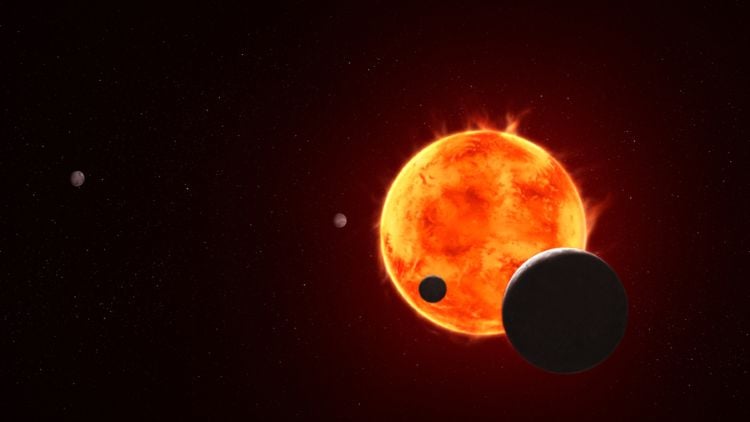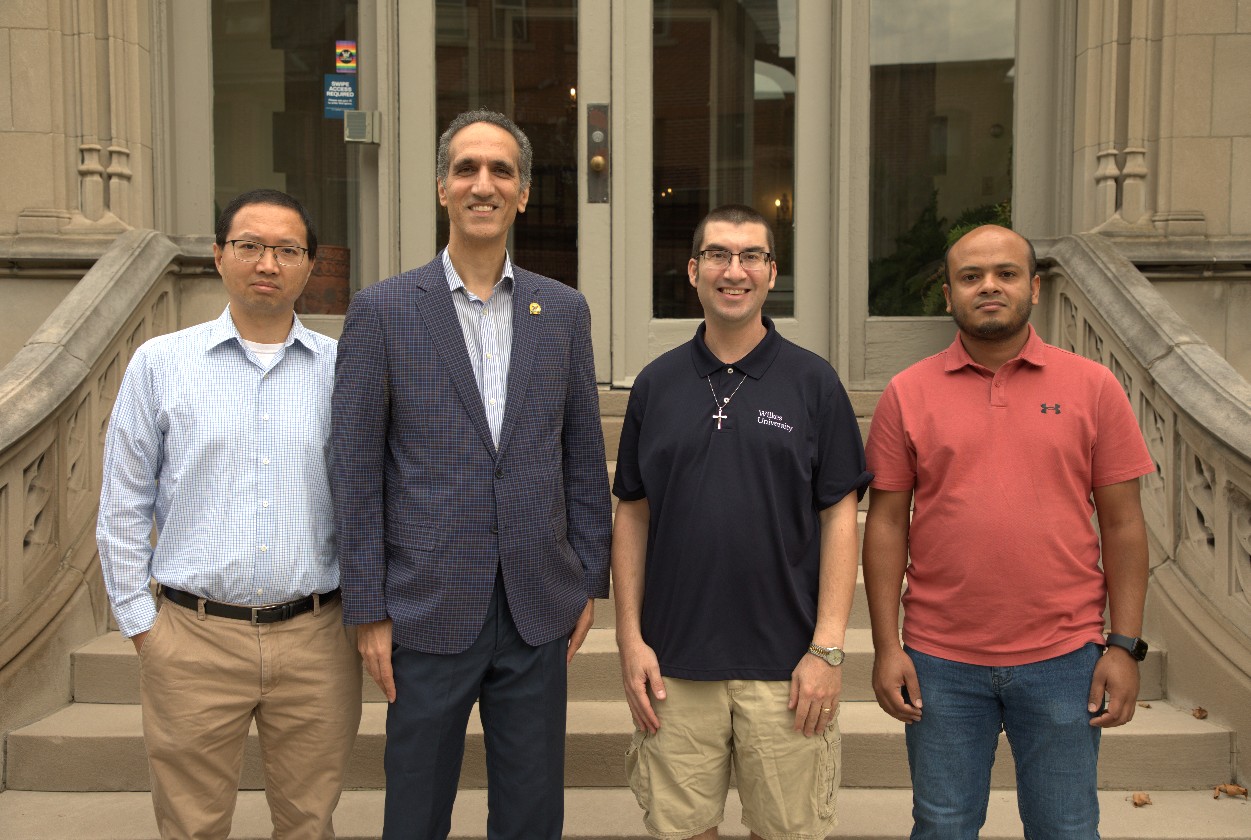A newly discovered asteroid, designated 2025 SC79, has been identified in close proximity to Earth, hidden from easy observation in the glare of the Sun. This finding was made by astronomer Scott S. Sheppard from the Carnegie Institute for Science using the Dark Energy Camera on the National Science Foundation’s Blanco 4-meter telescope on September 27, 2023.
A Unique Addition to the Atira Asteroid Group
2025 SC79 is notable as it is the 39th member of the Atira asteroid group, which consists of near-Earth asteroids with orbits entirely within Earth’s orbit. This group is particularly rare, and 2025 SC79 stands out as only the second known asteroid whose orbit lies entirely within that of Venus. Additionally, the asteroid crosses the orbit of Mercury and completes a full orbit around the Sun in just 128 days, making it one of the fastest-moving asteroids known. For context, Mercury takes only 88 days to orbit the Sun.
The visibility of such asteroids is limited due to their faint light being masked by sunlight, posing challenges for astronomers. The discovery of 2025 SC79 underscores the importance of monitoring these celestial bodies, as they may pose potential hazards to Earth.
Potential Impact and Future Observations
This newly identified asteroid measures approximately 700 meters (2,300 feet) in diameter. While smaller than the asteroid that caused the extinction of the dinosaurs, it is still large enough to cause catastrophic damage if it were to collide with Earth. Depending on the location of impact, it could result in significant loss of life and environmental destruction.
The sighting of 2025 SC79 was confirmed using two additional telescopes: the NSF’s Gemini telescope and the Magellan telescope from Carnegie Science. Sheppard emphasized the difficulties of identifying such asteroids, stating, “The most dangerous asteroids are the most difficult to detect. Most asteroid research finds these objects in the dark of night, where they are easiest to spot. But asteroids that lurk near the Sun can only be observed during twilight—when the Sun is just about to rise or set. If these ‘twilight’ asteroids approach Earth, they could pose serious impact hazards.”
Further studies of 2025 SC79 will be necessary, as it will temporarily disappear behind the Sun for a few months. Once it reemerges, astronomers will conduct analyses to better understand its composition and origins. There is speculation that it may have been displaced from the main asteroid belt before being captured into its current orbit around the Sun.
As Sheppard concluded, “Many of the Solar System’s asteroids inhabit one of two belts of space rocks, but perturbations can send objects careening into closer orbits where they can be more challenging to spot. Understanding how they arrived at these locations can help us protect our planet and also help us learn more about Solar System history.”
The discovery of 2025 SC79 serves as a reminder of the dynamic nature of our Solar System and the ongoing efforts required to monitor and understand the potential threats posed by near-Earth objects.







